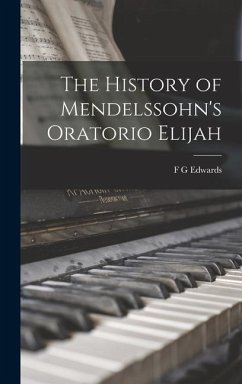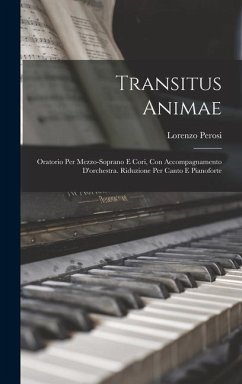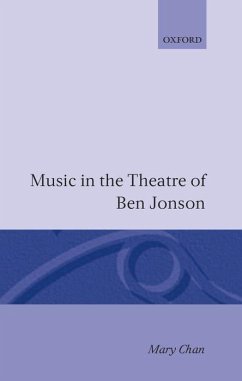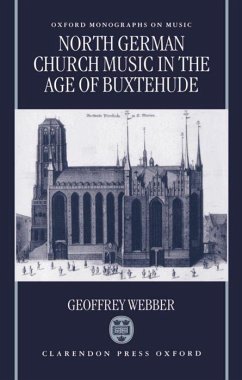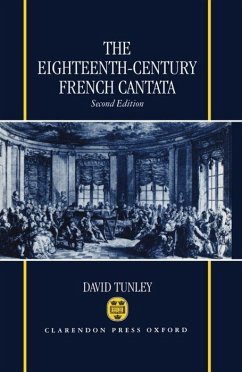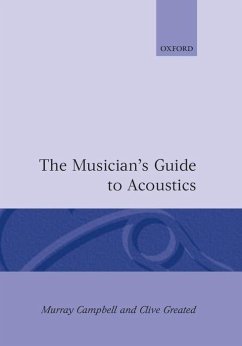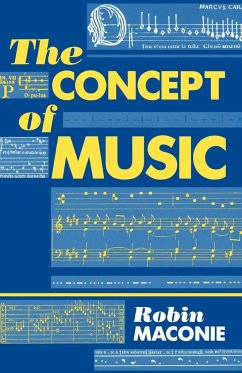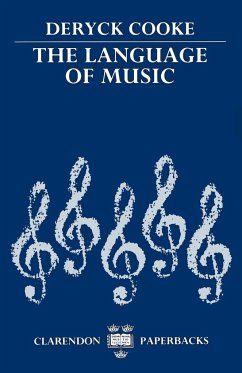
The Oratorio in Bologna 1650-1730
Versandkostenfrei!
Versandfertig in 1-2 Wochen
177,99 €
inkl. MwSt.

PAYBACK Punkte
89 °P sammeln!
In the seventeenth century Bologna developed a rich and diverse musical culture through the enterprise of musicians attached to the Basilica of S. Petronio and affiliated to the Accademia de'Filarmonici. Their achievements in the field of instrumental music (sonata, concerto) and festive church music (concerted mass) are well documented, but little of their output in the fields of oratorio, amounting to 300 performances in the period 1659-1730, has been subjected to critical scrutiny. This book relates the genesis and development of oratorio in Bologna to the city's religious, political, and cultural aspirations. The oratorio repertory is surveyed in three historical phases: under Cazzati (1657-74), Colonna (1675-95), and Perti (1696-1730), and eight oratorios by the city's leading composers are analysed in detail. A chronological list of performances is given in the Appendix.
Three hundred performances of oratorios were given in the salons, churches, and oratories of Bologna in the period 1659-1730. This book relates the genesis and development of oratorio in Bologna to the city's religious, political, and cultural aspirations. It is the first critical survey of this huge and largely unknown repertory, describing in detail oratorios by composers such as Bononcini, Cazzati, Colonna, and Perti.




